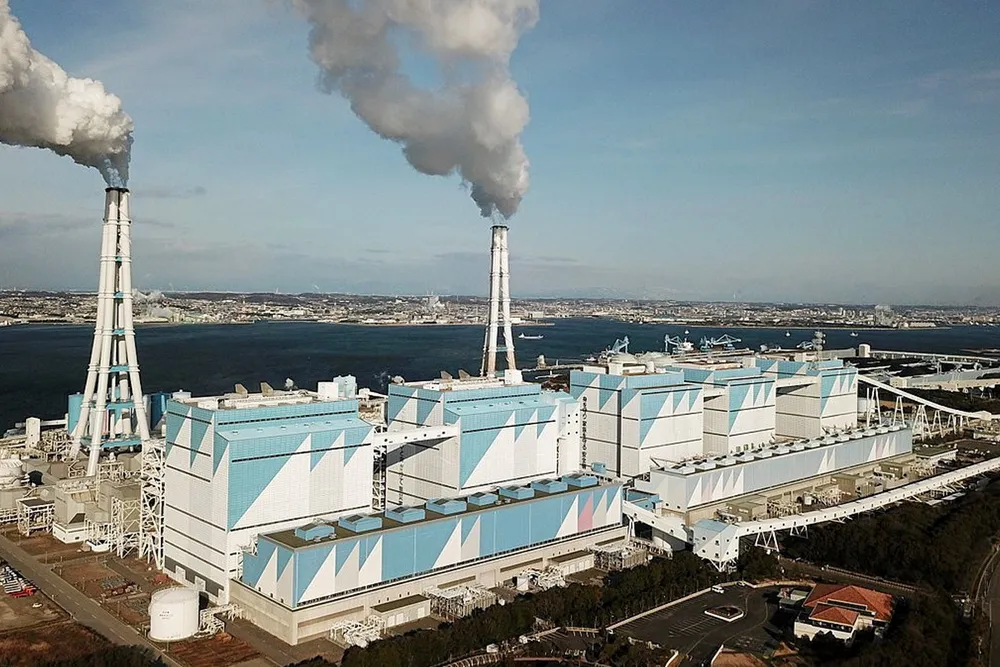'Sad to see' | Co-firing ammonia with coal would gobble up at least four million tonnes of clean hydrogen: BNEF
Total announced Asian co-firing projects could require the equivalent of 40-220GW of electrolyser capacity, data from BNEF indicates

Total announced Asian co-firing projects could require the equivalent of 40-220GW of electrolyser capacity, data from BNEF indicates
